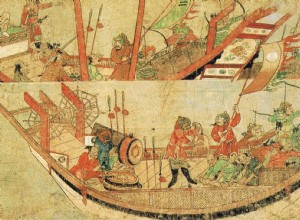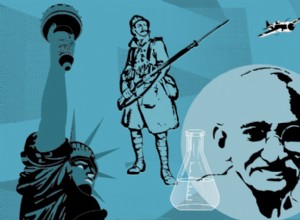This confrontation is part of a war that begins in the year 376, when the rebellion of a group of Goth refugees took place against the mistreatment suffered at the hands of the imperial officials, and that ends in the year 382, after the death of Valens in Adrianople and the signing of the peace b




